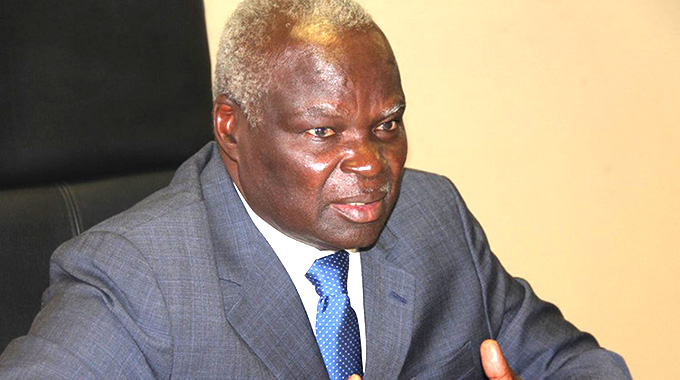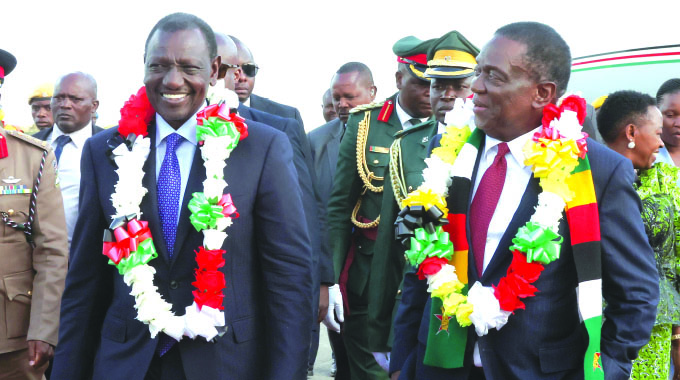Covid-19 vaccination records broken in blitz

Herald Reporter
Last week saw new records set in the national vaccination programme with 584 006 doses administered, which beat the previous weekly record of 517 933 set in the third week of August last year and a daily record of 139 213 doses set on Friday beating the 104 574 doses set on August 17.
In fact that long-standing daily record was beaten twice, since on Thursday last week 137 952 doses were administered.
So four of the five days when the daily total went above 100 000 were last week.
The accelerated programme of vaccination last week saw medical teams sent to schools to activate the month-old decision that children aged 12 and above could now be vaccinated, although it was made clear that adults were welcome to get their jabs and this was seen in the rise in the number of second and third doses administered.
But the bulk of last week’s doses went on first doses, with 468 110 people getting their first jab between Sunday and Saturday.
There were, however, 33 056 second jabs and 71 740 third jabs and both totals were several times what we have been seeing in recent weeks when we have been giving out less than 60 000 doses altogether.
The number of people who received their first dose by Saturday climbed rapidly to 4 882 350, with 9,6 percent of them getting that dose in the last week.
The total for second doses reached 3 484 900 and for third doses the total climbed rapidly to 248 733. The total number of doses now given out has reached 8 616 023.
There is still one worrying figure, that 1 397 450 people have received a first dose, but not a second.
While a large block were last week’s first doses the very low number getting their first doses in the last few weeks suggests that more than 800 000 people never went back after a month to get their second dose as doctors advise.
This suggests major efforts need to be made to get these people back in the programme so they can be fully protected.
The numbers queuing for their third booster shot are now rising rapidly as the surge in vaccinations in August last year now mean that a lot of people have gone through the minimum six months required between their second and booster shots.
This could be expected as these people are the keenest of those who have been vaccinated and so will return without much pressure.
In terms of percentages it now seems that 31,85 percent of the total population of Zimbabwe, estimated at a little over 15,33 million have entered the vaccination programme and received at least one dose.
More critically, the Ministry of Health and Child Care believes there are 11 239 749 Zimbabweans aged 12 and over.
Of these 43,44 percent have received their first dose, 31,01 percent their second dose and 2,21 percent their booster shot.
Since at least 70 percent of this age group need to have had at least both shots we are still well below the half way mark, and generally medical experts want to see everyone in this age group fully vaccinated.
It is now clear that while vaccination significantly reduces the risk of infection it does not eliminate it, and a good part of the benefit is another significant reduction in the severity of symptoms if a vaccinated person is infected.
Basically vaccination reduces the risk of infection, especially when coupled with masking, sanitising and social distancing, and makes it more likely that an infected and vaccinated person can avoid the level of symptoms that need hospitalisation, let alone die from the infection.
There is a huge variation in provincial percentages according to the Health Ministry.
Bulawayo remains the leader with 56,8 percent of 12s and over having their first dose, 46,7 percent with second dose and 3,8 percent with the third.
Matabeleland North is still in second place when it comes to the fully protected with 55,3 percent with first dose, 40,4 percent with second dose and 4,44 percent with the third, the highest provincial percentage with booster shots, possibly because of the fanaticism for vaccination in Victoria Falls and the efforts of the major mining companies.
Manicaland has, however, just edged out Matabeleland North in first doses this week, with 55,8 percent of the 12s and over having had their first dose, but only 36,4 percent their second but a respectable 3,66 percent their booster.
Matabeleland South is in third place with a respectable 48,7 percent having had the first dose, but 34, 7 percent their second.
The other provinces have a lot of catching up to do. Harare has just 39,2 percent with first dose, with Chitungwiza finally making some progress on 38,2 percent, but Harare has just 30,4 percent with both and Chitungwiza’s late start shows up with its 24, 1 percent with both. Both have just over 1,7 percent with the booster.
The three western provinces and Manicaland in the east are driving the statistics, but the six provinces in the middle now need to match their drive.
The vaccination blitz continues this week and runs in two phases all the way into May. This should see the schoolchildren over getting their first dose in the first phase and their second dose in the second phase with most of the waiting period between doses in the holidays.








Comments